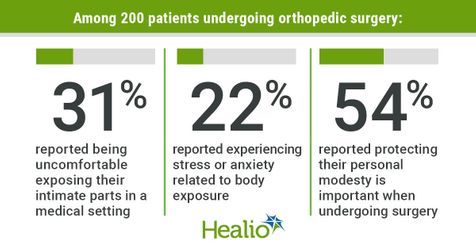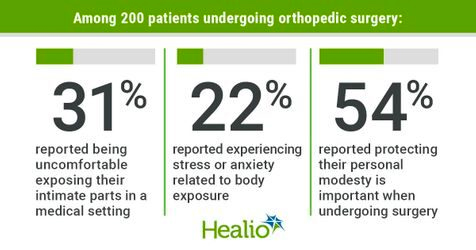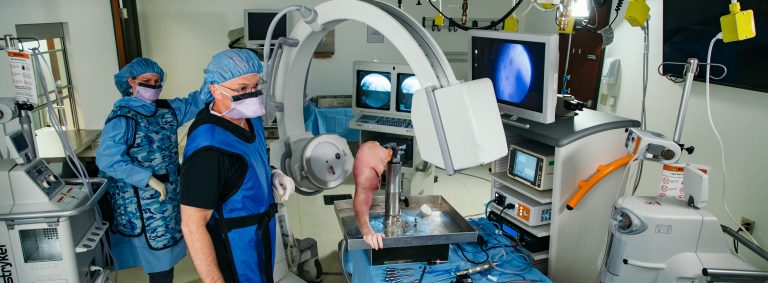Medical undergarments during surgery may increase patient satisfaction
 Read the full article here
Read the full article here
Results showed a substantial percentage of surgical patients experienced exposure-related stress or anxiety, and the use of medical undergarments to cover their genitalia and buttocks significantly increased levels of patient satisfaction.
“Many orthopedic surgical patients experience stress and/or anxiety related to exposure of private, intimate body parts,” Debra Sietsema, MSN, PhD, told Healio. “Bodily coverage is important in respecting and safeguarding personal modesty, dignity and privacy in a medical setting. The use of medical undergarments to protect modesty significantly increases patient satisfaction.”
Sietsema and colleagues randomly assigned patients at a single orthopedic specialty hospital into groups based on whether they received a standard-of-care gown only (n=100) or a standard-of-care gown plus a single-use undergarment designed with retractable panels and a releasable waistband (Covr Medical; n=100). Researchers collected preoperative and postoperative surveys from patients evaluating their levels of anxiety about exposing their bodies in a medical setting.
Overall, 91% of patients completed the preoperative surveys and 83% of patients completed the post-discharge surveys. Results showed 31% of patients reported being uncomfortable exposing their “private, intimate parts” in a medical setting and 22% of patients reported experiencing stress or anxiety related to body exposure. Researchers found 54% of patients agreed or strongly agreed that protecting personal modesty is important when undergoing a medical procedure.
Researchers noted 87% of patients in the undergarment group vs. 73% of patients in the standard-of-care group agreed or strongly agreed that the garments provided by the hospital met their expectations for privacy. Researchers found 39% of patients in the undergarment group strongly agreed that they were satisfied with the hospital-provided garments compared with 18% of patients in the standard-of-care group. Patients in the undergarment group agreed or strongly agreed that the hospital-provided garments would influence their choice of hospital three times as often as the standard-of-care group, according to results.
“Medical undergarments are available that will provide intimate body-part coverage while still allowing orthopedic surgeons with the necessary access to perform a wide variety of procedures. There is a growing importance of patient satisfaction as a part of CMS’ quality of care reimbursement system,” Sietsema said. “Additionally, competition among orthopedic hospital settings exists. Using medical undergarments for orthopedic procedures will increase patient satisfaction with potential subsequent impact on reimbursement and choice of hospital setting.”







